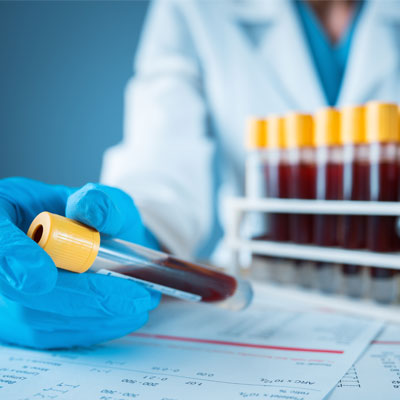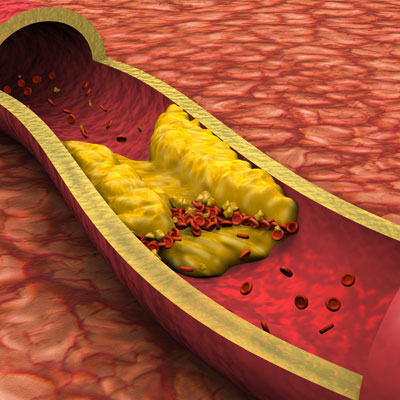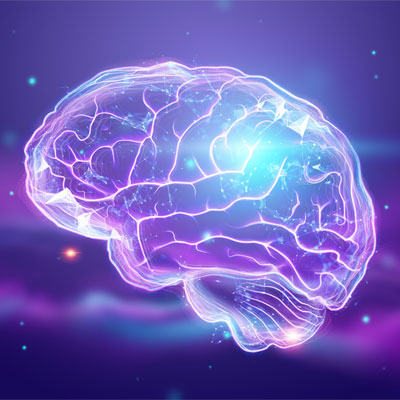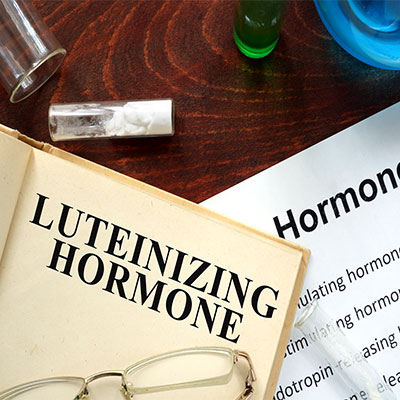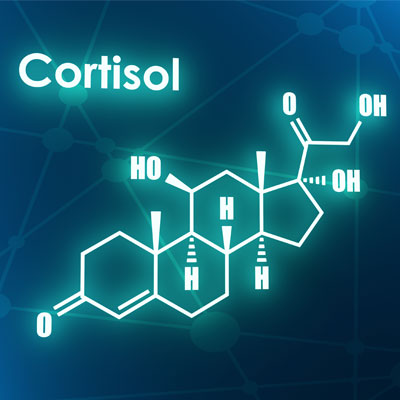How Does Testosterone Work in Males Versus Females?
Contents
- Process of Testosterone Production
- How does testosterone work in males versus females regarding production?
- Functions of Testosterone in Males
- How does testosterone work in males versus females regarding sexual functions?
- Functions of Testosterone in Females
- How does testosterone work in males versus females regarding female sexual aspects?
- How does testosterone work in females in other parts of the body?
- Testosterone Deficiency Effects on Males and Females
- Benefits of Testosterone Therapy for Males and Females
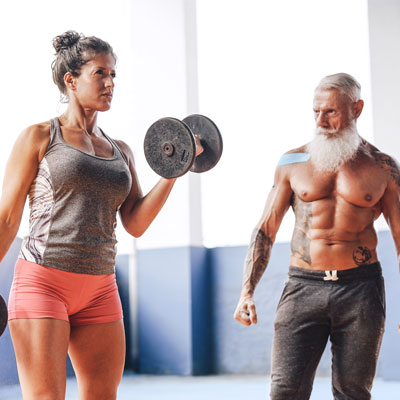
To get right to the point and answer, how does testosterone work, as with any hormone, testosterone has specific receptor cells located on tissues throughout the body. As an androgen hormone, testosterone binds to androgen receptors to initiate an action. Receptor cells sit dormant in the body, unable to carry out their actions until their corresponding hormone arrives. Testosterone is different from many other hormones as it is fat-soluble and cannot travel through the bloodstream on its own. Instead, it must bind to one of two proteins (albumin and sex-hormone binding globulin) for transport. Then, when it arrives at a receptor cell that requires testosterone, it separates from the protein to attach to the cell and engage the action.
Free testosterone is that which is not bound to a protein and available for use. Unfortunately, for some people, there are enzymes in the body – aromatase and 5-alpha reductase – that can take that free testosterone before it binds to the receptor cell and convert it to another hormone – estradiol and dihydrotestosterone (DHT) – respectively. Estradiol is the body’s primary type of estrogen. Although both estrogen and DHT are necessary for the body, if either of those levels gets too high, they can dramatically lower the amount of free testosterone and cause significant problems – aka, symptoms of testosterone deficiency.
This can happen to both men and women, often leading to issues such as:
- Weight Gain
- Fatigue
- Low Libido
- Hair Loss
- Weak Bones
- Brain Fog
- High Cholesterol
- Sexual Decline
- Cognitive Impairment
- High Blood Pressure
- Glucose Intolerance
With some of these changes come increased risks of developing more serious health conditions, including:
- Type 2 Diabetes
- Metabolic Syndrome
- Cardiovascular Disease
- Obesity
- Osteoporosis
- Atherosclerosis
- Dementia
- Infertility
Testosterone is crucial for men and women to protect their bodies against many potential health conditions.
Process of Testosterone Production
The production of testosterone is part of a negative feedback loop that begins and ends with the Trusted sourceYou and your HormoneWhere is my hypothalamus?Go to sourcehypothalamus . Up in the brain, the hypothalamus regulates hormone production by determining how much testosterone is in the bloodstream. If it senses too little, it releases gonadotropin-releasing hormone to the pituitary gland. In turn, the pituitary sends luteinizing hormone (LH) and follicle-stimulating hormones (FSH) to the gonads which are responsible for testosterone, sperm, and oocyte production and maturation. As testosterone levels in the bloodstream rise, the hypothalamus decreases hormone release, so LH and FSH levels also fall.
The initial precursor to testosterone production is cholesterol – a critical substance the body requires to manufacture steroid hormones. Maintaining proper cholesterol levels is crucial for testosterone production.
How does testosterone work in males versus females regarding production?
Here is how testosterone production works in men and women:
- Males
Luteinizing hormone signals the Leydig cells in the testes to produce testosterone. A small amount of testosterone also comes from the adrenal glands.
- Females
In women, approximately one-quarter of testosterone production occurs in the thecal cells of the ovaries with the same amount also coming from the adrenal glands. The remainder of testosterone comes from peripheral tissues throughout the body from precursor hormones produced in the adrenals and ovaries.
Testosterone production takes place in the testes, ovaries, adrenal glands, and some peripheral tissues.
Functions of Testosterone in Males
Testosterone has many of the same functions in men and women. It is responsible for helping with metabolism, muscle growth, bone density, hair growth, brain functions, and more. Regarding how testosterone works in the male body, it has virilizing and anabolic effects, including the following properties:
- Virilizing: penile growth, scrotum formation, vocal deepening, facial and body hair
- Anabolic: muscle growth and strength, height growth, increased bone density
How does testosterone work in males versus females regarding sexual functions?
Testosterone is crucial to a man’s sexual performance, as well as fertility in the following ways:
- Stimulates libido and sexual arousal through activating androgen receptors in the brain
- Testicular-produced testosterone supports spermatogenesis (sperm maturation) in the testes
- Increases red blood cell production to aid circulation to the penis for erection performance
Testosterone is crucial for a man’s libido, sperm count, bones, muscles, brain functions, and more.
Functions of Testosterone in Females
Testosterone carries out many of the same functions in women as it does in men. However, because females have much lower testosterone levels than males, they do not have the same level of muscle mass and bone density. Testosterone is also the leading libido stimulator of women.
How does testosterone work in males versus females regarding female sexual aspects?
Aside from stimulating libido, testosterone performs the following functions:
- Increasing sexual fantasy and arousal
- Making the follicles in the ovaries sensitive to FSH for egg development
- Preventing premature death (apoptosis) of the follicles and ova
How does testosterone work in females in other parts of the body?
As a woman ages, testosterone is crucial for maintaining bone and muscle mass while helping regulate metabolism to prevent weight gain. Testosterone also supports sharp brain functions and emotional well-being.
Testosterone helps maintain a woman’s libido, bone density, muscle mass, weight, and brain functions.
Testosterone Deficiency Effects on Males and Females
When we talk about, how does testosterone work in males versus females, we can get a better idea by examining what happens when the body becomes deficient in this hormone. By the time the average man or woman reaches age thirty, his or her testosterone production begins to decline. After ten, twenty, or thirty years of this decrease, symptoms of low testosterone may appear, including:
| Testosterone Deficiency Effects on Males and Females | ||
|---|---|---|
| Males | Females | Everyone |
| Loss of morning erections | Menopausal symptoms – hot flashes, night sweats | Decreased bone density |
| Erectile dysfunction | Decreased genital arousal | Muscle loss |
| Infertility | Reduced orgasm intensity | Reduced strength |
| Enlarged prostate | Vaginal dryness | Increased stress |
| Urinary problems | Menstrual cycle irregularities | Lack of sleep |
| Irritability | ||
| Anxiety | ||
| Depression | ||
| Impaired cognitive functions | ||
| Poor concentration | ||
| Decreased drive and motivation | ||
| Weight gain | ||
| High blood pressure | ||
Testosterone deficiency brings symptoms that affect physical appearance, performance, brain functions, and emotional well-being.
Benefits of Testosterone Therapy for Males and Females
There is no doubt that testosterone provides many benefits to men and women as they age, including:
- Maintaining healthy brain functions that support focus, learning, cognitive processing, and memory (may also reduce plaque buildup in the brain associated with Alzheimer’s disease)
- Keeping bones and muscles strong (reducing osteoporosis and fracture risks)
- Stimulating sex drive and performance
- Improving sexual pleasure
- Enhancing sleep and energy levels (better productivity and performance)
- Maintaining metabolic functions to support lipolysis and prevent weight gain (reducing obesity and metabolic syndrome risks)
- Improving insulin sensitivity and glucose uptake (decreasing type 2 diabetes risks)
- Supporting emotional well-being by decreasing depression, anxiety, stress, and improving mood and sense of humor
- Protecting heart health by improving cholesterol, triglyceride, and blood pressure levels, and increasing red blood cell production (reducing cardiovascular disease and atherosclerosis risks)
One thing testosterone therapy will not do for men is improve spermatogenesis. Only testicular testosterone and not supplemental testosterone can do that. If infertility is an issue, speak with your hormone specialist about that before beginning testosterone therapy for men.
If you have additional questions regarding, how does testosterone work in males versus females, please contact HGH Doctor hormone clinic for a free consultation.
- Angelica Lindén Hirschberg, MD, PhD, Stéphane François Bermon, MD, PhD, David Handelsman, PhD
- Stéphane François Bermon, MD, PhD, Pierre-Yves Garnier
- Nicholas B. Tiller, PhD, Kirsty Elliott-Sale, PhD, Dr. Beat Knechtle
Patrick Wilson, PhD, Justin D. Roberts, PhD, Dr. Guillaume Millet, PhD - Harrison Wein, Ph.D.
- Ann Pietrangelo, Medically reviewed by George Krucik, MD, MBA
- Erica Cirino Medically reviewed by Deborah Weatherspoon, Ph.D., R.N., CRNA
- Rebecca Glaser, Constantine Dimitrakakis
Circulating Testosterone as the Hormonal Basis of Sex Differences in Athletic Performance
Serum androgen levels and their relation to performance in track and field: Mass spectrometry results from 2127 observations in male and female elite athletes
Do Sex Differences in Physiology Confer a Female Advantage in Ultra-Endurance Sport?
Understanding How Testosterone Affects Men
The Effects of Testosterone on the Body
All About Testosterone in Women
Testosterone therapy in women: Myths and misconceptions

